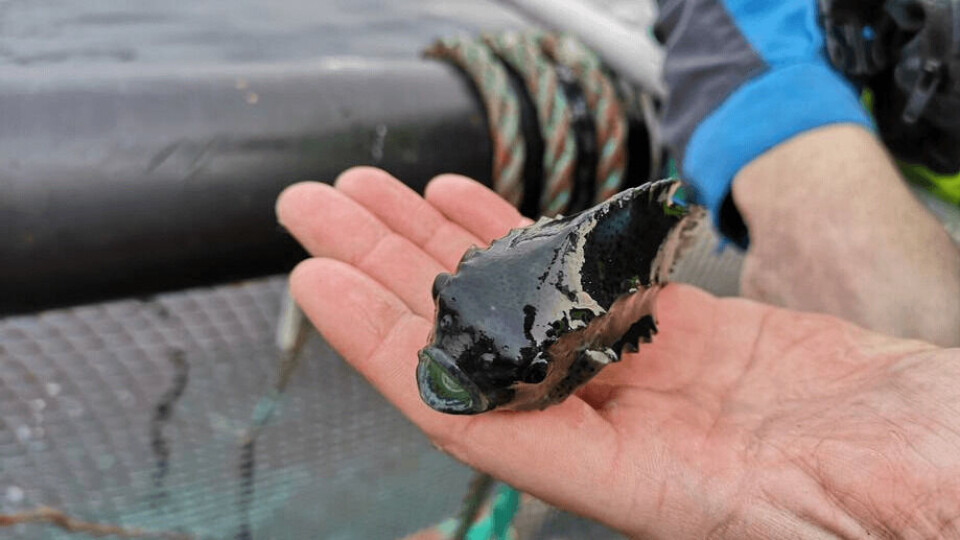
Live diet ‘makes lumpfish better predators’
An experiment by researchers in Norway has shown that salmon lice grazing by lumpfish can be improved by feeding them with live Artemia and frozen salmon lice before they are transferred to salmon cages.
Recently, lumpfish (Cyclopterus lumpus L.) have been used as cleaner fish for the removal of salmon lice in Atlantic salmon in cold waters, and preliminary studies were very positive with up to 93–97% lower infection rates of mature female lice (Imsland et al., 2014). However, in these studies it was indicated that there were large individual differences in feeding preferences and lice feeding activity between lumpfish.
Driven by the industry’s need for effective control of salmon lice, commercial production of lumpfish has increased rapidly, reaching 27 million fry in 2015 in Norway (Fisheries Directorate, 2018) and approximately 10 million in the UK.
Conditioned to eat lice
It is expected that this production will exceed 50 million fry in 2018, with 40 million of these in Norway. It is important to strengthen the lumpfish’s preference to feed on lice to optimise the use of this species under commercial conditions. One of the challenges is that not all lumpfish are as likely to choose lice as prey.
To increase the effect of lumpfish in cages, it is crucial to increase the number of lice-eating lumpfish. Previous trials of lumpfish have indicated that lice application can increase the longer they are in cages (Imsland et al., 2014). This indicates a learning or conditioning process in lumpfish and that the fish that have been conditioned to eat lice are the most effective to use as a de-licer.
More effective
The aim of this study was thus to investigate whether lumpfish that were exposed to live feed or frozen lice in the early breeding phase will be more effective as de-licers when later released into cages with salmon.
The research article was written by: Albert KD Imsland, Nina Frogg, Sigurd O Stefansson, Gerhard Eliassen, Patrick Reynolds, Akvaplan-niva, University of Bergen and GIFAS (Gildeskål Research Station AS).
Read more details of the study in the next issue of Fish Farming Expert magazine, published later this month.























































